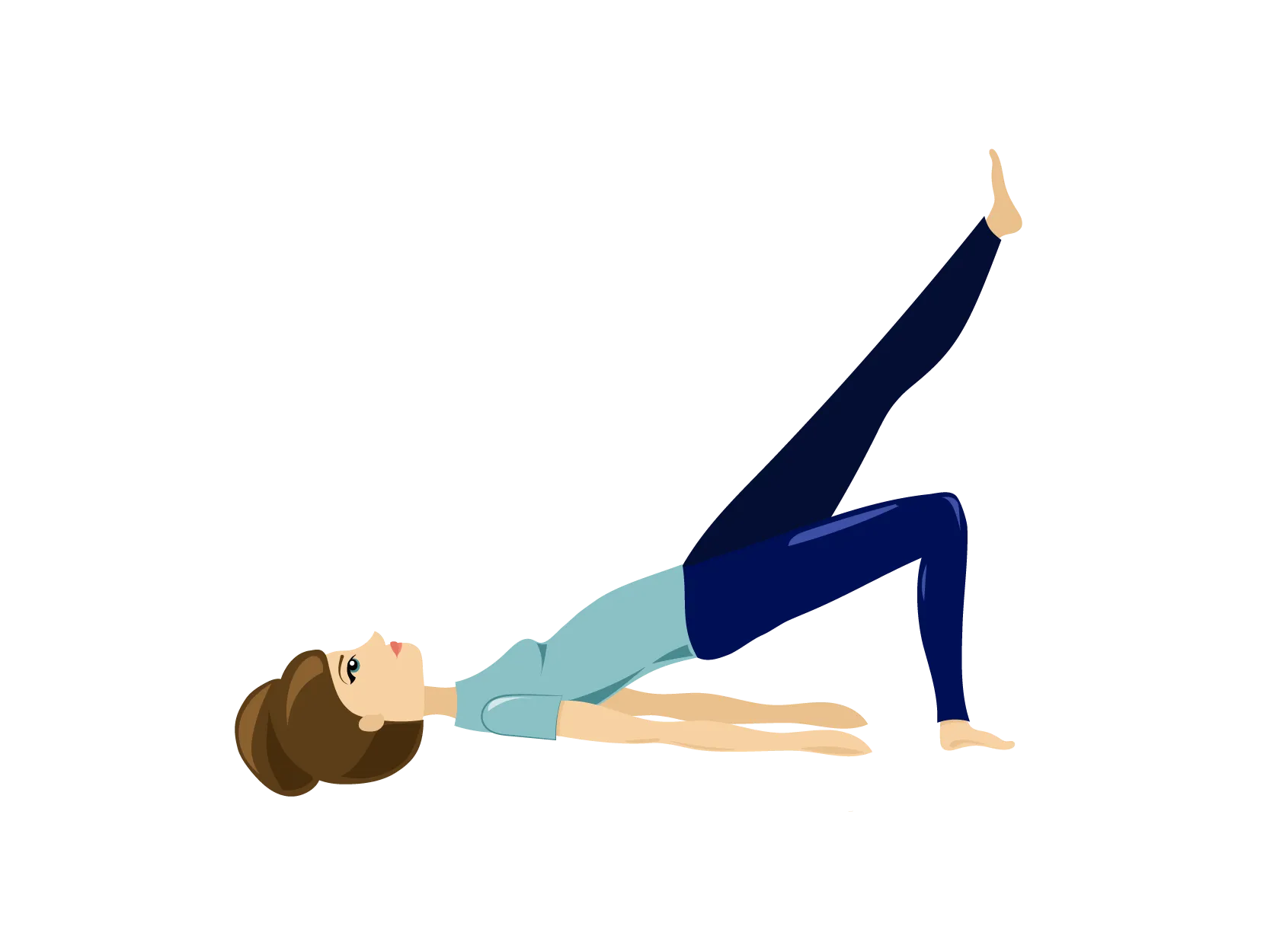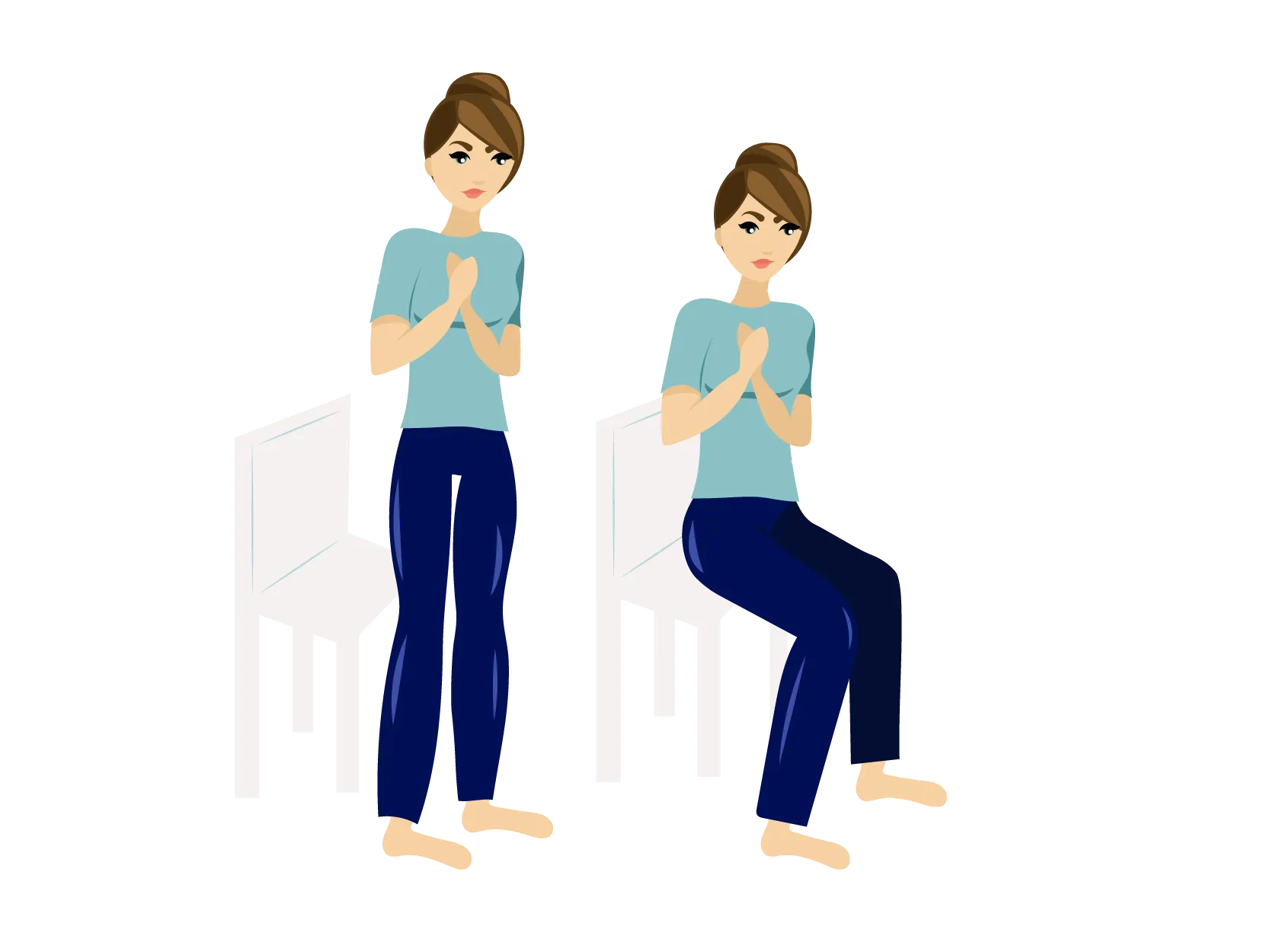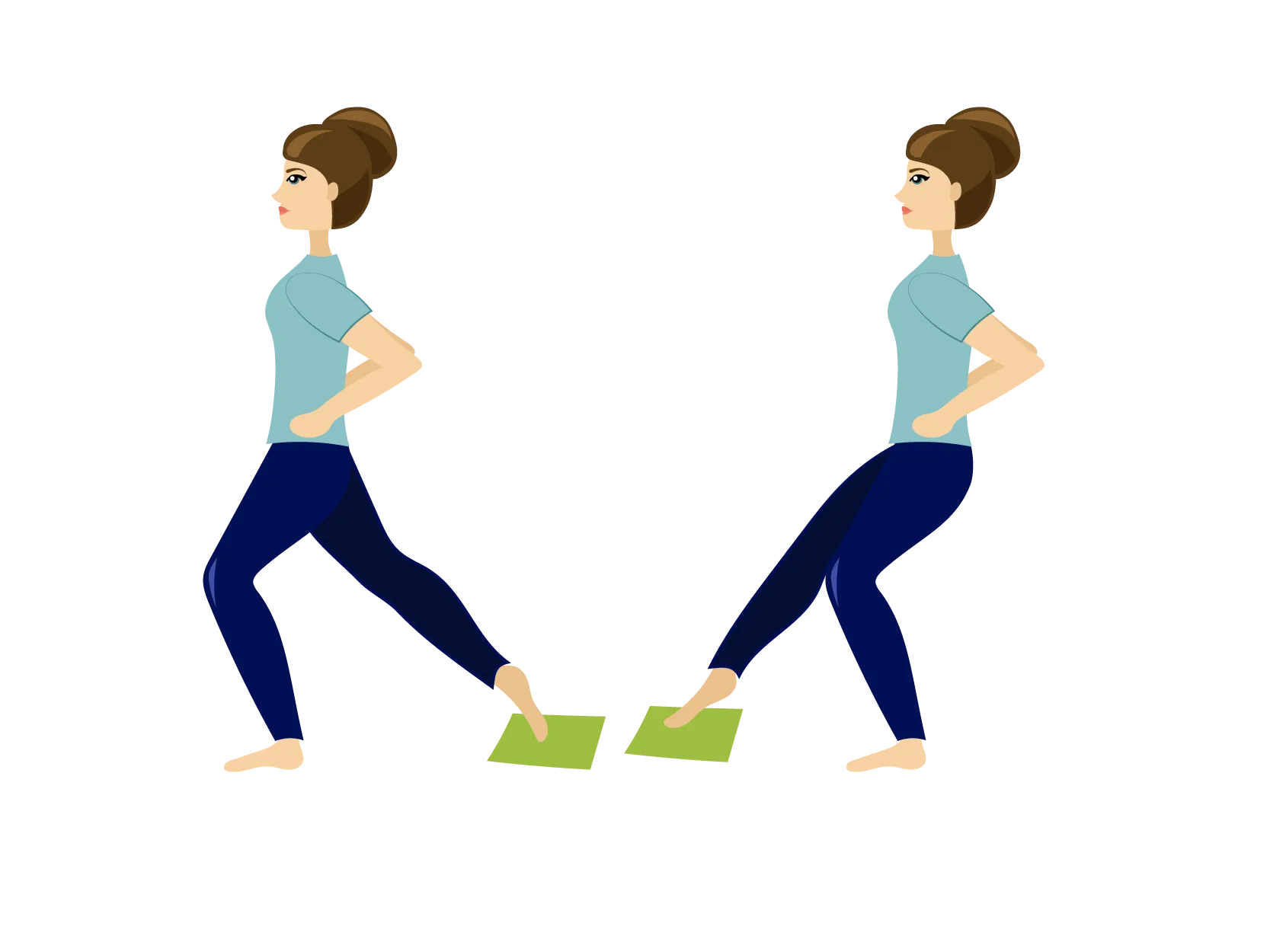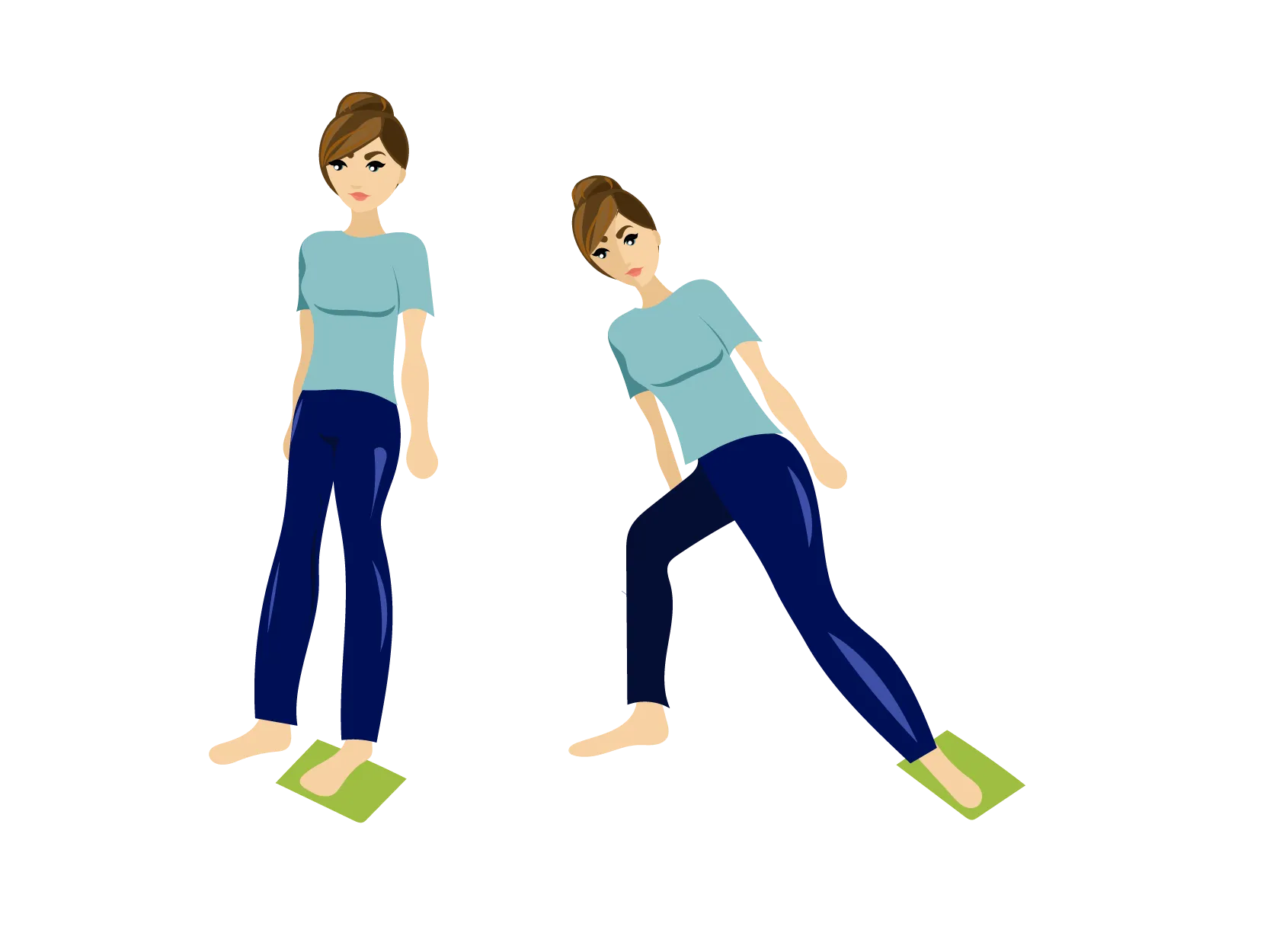Cause and symptoms
Overuse injuries in the knee can occur from prolonged repetitive stress, where the muscles and tendons around the knee joint are exposed to more than they are strong enough to handle.

The typical overuse injuries of the knee are:
- Jumper's knee, which is an overuse of the tendon under the kneecap.
- Runner's knee, which is an overuse of the tendon on the outside of the knee.
The most common symptoms of overuse injuries of the knee are pain and swelling. You may also experience a feeling of stiffness in and around the knee joint when you move.
The vast majority of people will experience improvement within the first 3 months with relief and exercises.

What you can do yourself
In the first few days after the onset of symptoms, you can try to relieve the pain and swelling by staying still and avoiding the activities that cause pain. You can cool the area around the knee with an ice pack under compression (e.g. with an elastic bandage). It is a good idea to raise the knee above heart level to help the blood return to the heart. Cooling the area should be done for periods of a maximum of 10 minutes.
It is important that you maintain your activity level and your physical fitness, in order to avoid inactivity. However, you should avoid activities that worsen the pain and have a high load on the knee (running, jumping and jumping). Instead, you should find other activities so that you can continue to be physically active - this can be, for example, cycling, rowing or swimming/aqua aerobics.






